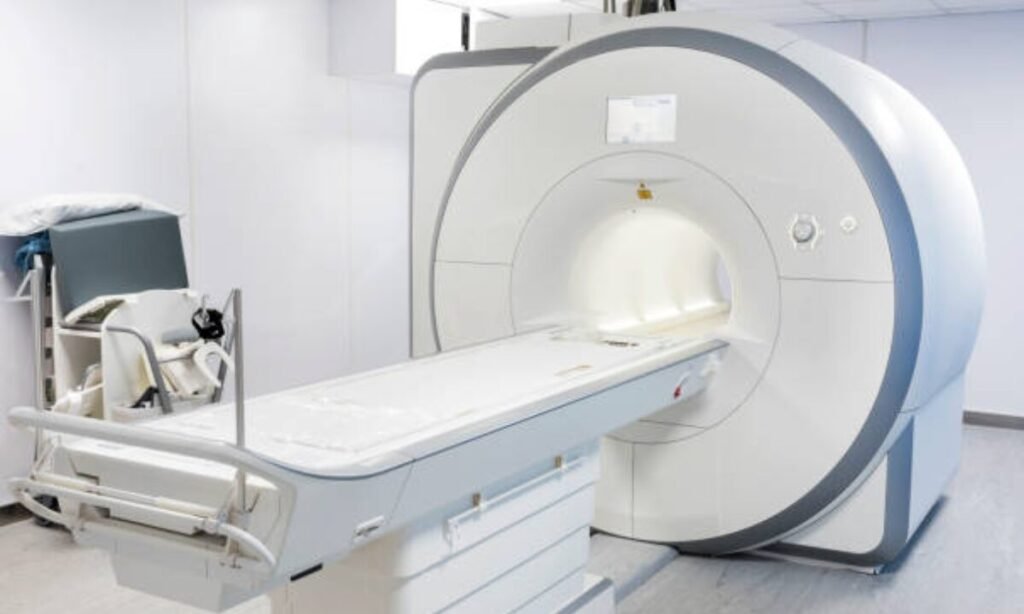Comparison of CT Scan and MRI Scan

Modern medical diagnostics heavily rely on imaging for doctors during the diagnosis and treatment of patients. Among various scanning methods, CT scans and MRI scans are the two most commonly used types. While both are essential for diagnosing and detecting numerous diseases, they differ significantly based on technology, application, and accuracy. We will explore the […]
